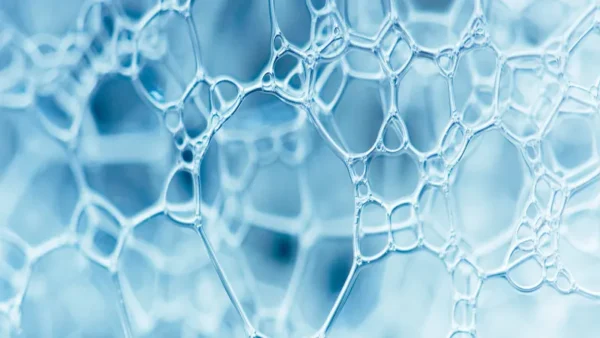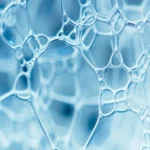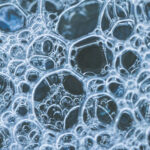فهرست محتوا
- 1 Edible Anti-Foam
- 2 Features and Benefits of Edible Anti-Foam
- 3 Applications of Edible Anti-Foam in Various Industries
- 4 Why Bonyan Shimi?
- 5 Important Points When Purchasing Edible Anti-Foam
- 6 Difference Between Edible and Non-Edible Anti-Foam
- 7 How to Use Edible Anti-Foam Code 101 Correctly
- 8 Important Points in Using Edible Anti-Foam:
Edible Anti-Foam
Edible Anti-Foam Code 101 (Defoamer or Anti-foam) refers to chemical substances used to control and reduce foam formation in food production processes. Foam formation can disrupt production performance and decrease the final product’s quality. This issue is particularly significant in food industries that involve complex processes such as baking, pasteurization, and food packaging.
Foams are typically created due to the presence of gases or air during production and can cause issues such as reduced machine efficiency and product quality. In such cases, using Edible Anti-Foam Code 101 as an effective solution to control this problem is essential.

Edible anti-foams are made with ingredients that comply with food standards and are considered safe for use in food products. The use of these materials in the food industry, including beverage production, dairy products, and canned goods, helps improve the production process and ensures that higher quality products reach consumers. If you are looking to purchase Silicone Anti-Foam, you can visit the Bonyan Shimi website.
Features and Benefits of Edible Anti-Foam
Anti-Foam or anti-foam is one of those materials that is essential in any industry. Edible anti-foams have specific characteristics that make them very practical and safe for use in the food industry. Below are some of the features and benefits of Edible Anti-Foam Code 101:
1. Safe Ingredients Compliant with Food Standards
One of the most important features of edible anti-foam is that the ingredients used in them are completely safe and comply with the standards of regulatory organizations. These standards ensure that the anti-foam materials used in food production pose no harm to human health.
2. Reducing and Controlling Foam in Production Processes
Edible anti-foam helps improve production efficiency by preventing foam formation and accumulation. Reducing foam decreases the risk of clogging in machines and production equipment and also allows thermal and chemical processes to proceed more quickly and efficiently.
3. Reduced Energy Consumption and Increased Productivity
Using edible anti-foam reduces energy consumption in food production processes. Since foam increases energy use and reduces machine efficiency, eliminating it with the help of anti-foam can significantly improve factory productivity.
4. Improved Final Product Quality
Foam in food or beverages can alter the chemical composition and taste of products. By using edible anti-foam, the final product’s quality is maintained, and it will not affect the taste, color, or texture of the final product.
5. Versatility in Applications
Edible anti-foams are used in a wide range of food products. From beverages to dairy processing and canning industries, these products play a crucial role in improving production processes.
Applications of Edible Anti-Foam in Various Industries
Edible Anti-Foam Code 101 has wide applications in various industries. Below are some of the most important ones:
1. Dairy Industry
In dairy production processes such as pasteurization and the production of processed products like cheese and yogurt, foam formation is a common issue. Edible anti-foam helps reduce foam formation during cooking and pasteurization, improving the final product’s quality.
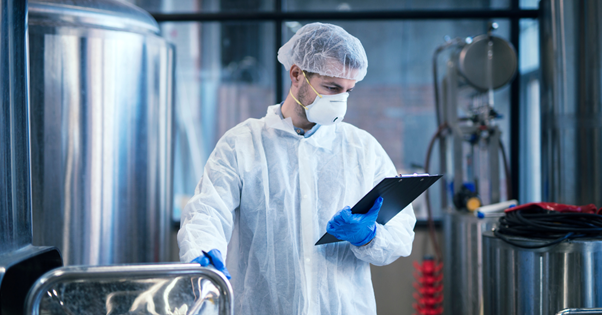
2. Beverage Industry
In the production of carbonated drinks, fruit juices, and other processed beverages, foam formation can cause issues such as inconsistency in product volume and changes in taste. The use of Edible Anti-Foam Code 101 helps manufacturers control product volume and maintain beverage quality.
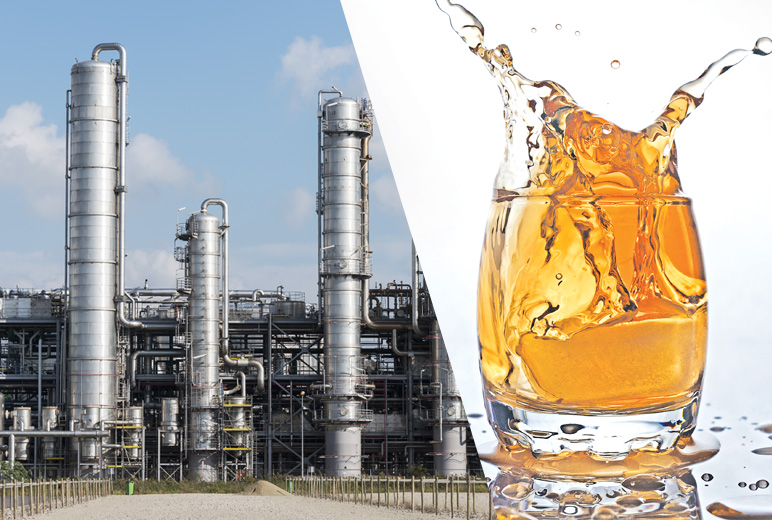
3. Canning and Meat Processing
In the food canning process or the production of meat products like sausages and salami, foam can alter the texture and quality of the final product. Using edible anti-foam in these industries helps produce higher-quality products and reduces production time.
Why Bonyan Shimi?
- Only manufacturer of edible anti-foam in Iran
- Certified by the Food and Drug Administration
- Free consultation for usage
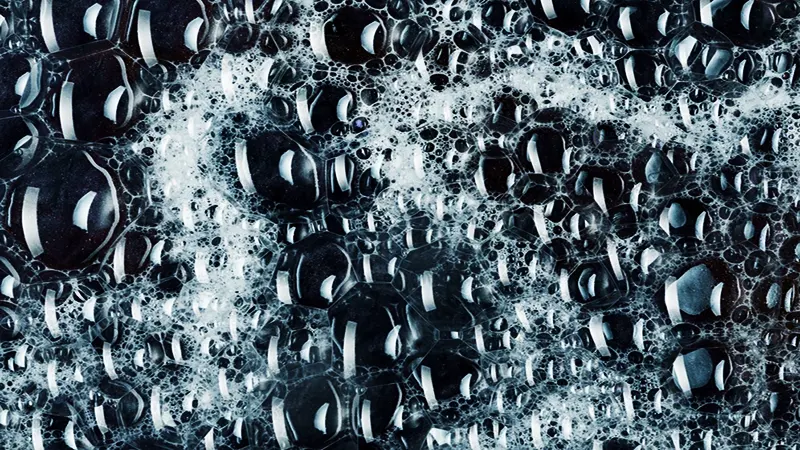
Important Points When Purchasing Edible Anti-Foam
Purchasing edible anti-foam is critical due to its vital role in improving production processes and the quality of final products. When buying edible anti-foam, make sure to consult experts. Ensure that the ingredients comply with food standards and pose no risk to consumer health. Since Edible Anti-Foam Code 101 by Bonyan Shimi is FDA-approved, there are no concerns regarding product safety.
Difference Between Edible and Non-Edible Anti-Foam
Anti-foams are classified into edible and non-edible categories, and understanding the differences is crucial for making the right selection.
1. Difference in Ingredients
Edible anti-foams are made from materials that are harmless for human consumption and are approved by regulatory organizations. In contrast, non-edible anti-foams are typically made from materials that may be harmful to health and are designed for industrial applications.
2. Difference in Standards
Edible anti-foams are produced under more stringent standards and must have valid certifications. On the other hand, non-edible anti-foams are not subject to these strict standards.
How to Use Edible Anti-Foam Code 101 Correctly
When using Edible Anti-Foam Code 101, always follow the manufacturer’s instructions, as the amount and method of use may vary depending on the product type and production process. The Bonyan Shimi team is available to assist with any questions you may have.
![]()
Important Points in Using Edible Anti-Foam:
Proper Amount: It is important that the amount of anti-foam used is not excessive, as this could affect the product’s properties and taste. Typically, the required amount is between 0.01% and 0.1% of the total product volume.
Appropriate Temperature: In many food production processes, temperature plays a critical role in the performance of anti-foams. Anti-foams typically perform better at higher temperatures, so ensure that the appropriate temperature is maintained during use.
Timing: Edible anti-foam is generally added at the beginning or during the production process. However, the timing of its addition may vary depending on the type of production process and product characteristics.
Conclusion
Edible anti-foam plays a vital role in improving product quality and increasing productivity in food production processes. Bonyan Shimi is the only manufacturer of edible anti-foam with FDA approval and also exports to Middle Eastern countries. To purchase Edible Anti-Foam Code 101, you can contact 09128818272.

